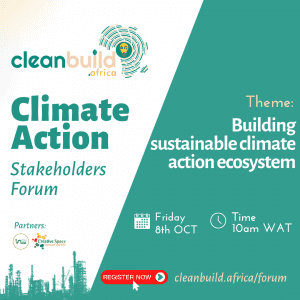The National Aeronautics and Space Administration Agency (NASA) warned that 2020 was the hottest year on record, forcing the world to come to grips with the existential threat that is climate change.
Unfortunately, developing countries, and in particular small island developing states (SIDS) and least developed countries (LDCs) are the most vulnerable to increasing weather, water, and climate-related extreme events.
A new report published by the Alliance for Hydromet Development estimated that up to 23,000 lives per year could be saved and up to $2 billion in economic losses averted by improving weather forecasts, early warning systems, and climate information in low- and middle-income countries.
Dubbed hydromet, reliable and accurate weather and climate services, like early warning systems, are of value ten times their costs and as such are vital to building resilience to extreme weather.
Even with this, only 40 percent of countries currently have effective multi-hazard early warning systems set up, leaving wide gaps in the vital underpinning observations data on which these services depend.
Lawmakers, planners, farmers, and stakeholders all need improved and accurate climate information in real-time. However, many developing countries, including several in Africa, lack the capacity to generate basic weather and climate observation data.
At the virtual launch of the report, António Guterres, Secretary-General of the United Nations, said, “The first Hydromet Gap Report tells us how far we have to go to ensure all people have access to accurate, timely, weather and climate information.
It presents the challenges of the complex global and local undertaking required for effective weather and climate forecast services and proposes priority solutions to scale up hydromet development.”
Although reducing greenhouse gas emissions is still vital, António Guterres is calling for innovative adaptation and resilience measures in 2021, ensuring that all people, especially the most vulnerable, can adapt and be more resilient to the consequences of inevitable weather and climate events.
The report is presented by leaders of the Alliance, which brings together the World Meteorological Organization (WMO) and international development, humanitarian and financial institutions, including the African Development Bank.
“Our climate is rapidly changing. The past decade was the hottest on record. The global mean temperature is approximately 1.2 °C warmer than in pre-industrial times.
We are far off track from reducing global greenhouse gas emissions to avert the worst impacts of climate change and limit temperature rise to within 1.5 °C in line with the Paris Agreement,” said WMO Secretary-General Prof. Petteri Taalas.
“Science-based, data-driven weather and climate services are the foundation for effective adaptation measures”, he added.
“While the contribution of developing countries to greenhouse gas emissions is limited, the impacts of disasters from climate-related weather events are three times higher than in high-income countries.
Accurate weather forecasts and robust climate prediction is critical for adaptation policy and investment decisions,” Alassane Ouattara, President of Côte d’Ivoire noted.
The report is presented by leaders of the Alliance, which brings together the World Meteorological Organization (WMO) and international development, humanitarian and financial institutions, including the African Development Bank.
Dr. Akinwumi A. Adesina, AfDB president stated that “The Alliance partnership is important to the Bank and to Africa.
It offers a platform to strengthen resilient development and climate adaptation through improved ground-based observing systems, leading to better weather forecasts of extreme events and climate prediction services.”
About the Alliance for Hydromet Development
Launched at the U.N. Climate Change Conference, COP25, in Madrid, the Alliance aims to increase the effectiveness and sustainability of hydromet investments through collective action.
Its members are unitedly committed to accelerating efforts to close the capacity gap on high-quality weather, climate, hydrological, and related environmental services.
The overall objective is to build the foundation for resilient and sustainable development.
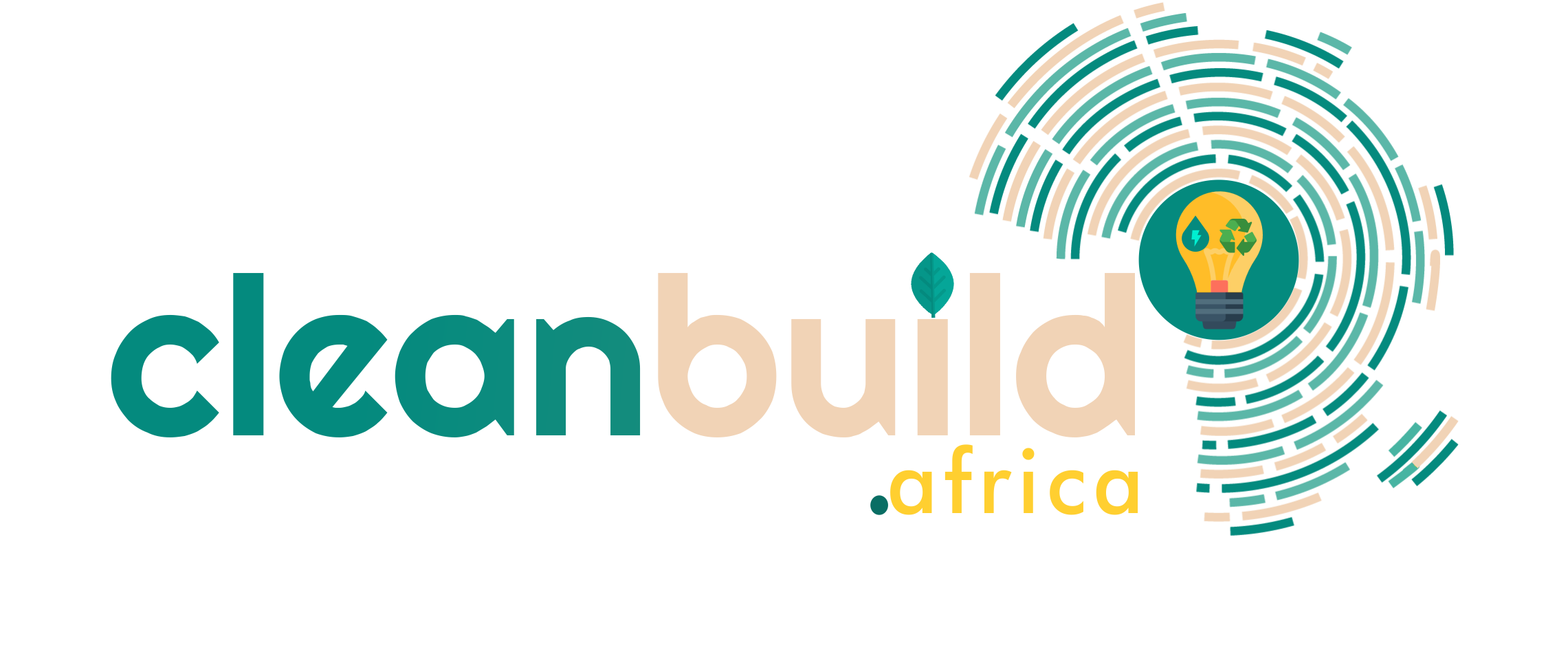

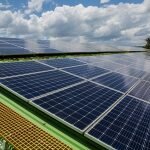
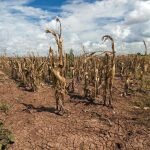
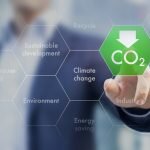
![MIT opens Solv[ED] Youth Innovation Challenge for young people ($200,000) Solv[ED] Youth Innovation Challenge - cleanbuild](/wp-content/uploads/2021/09/SolvED-Youth-Innovation-Challenge-150x150.jpg)

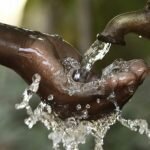



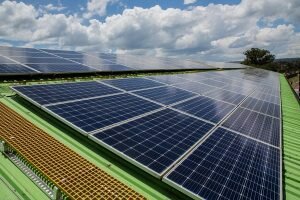
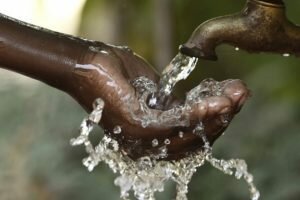





![MIT opens Solv[ED] Youth Innovation Challenge for young people ($200,000) Solv[ED] Youth Innovation Challenge - cleanbuild](/wp-content/uploads/2021/09/SolvED-Youth-Innovation-Challenge-74x55.jpg)

